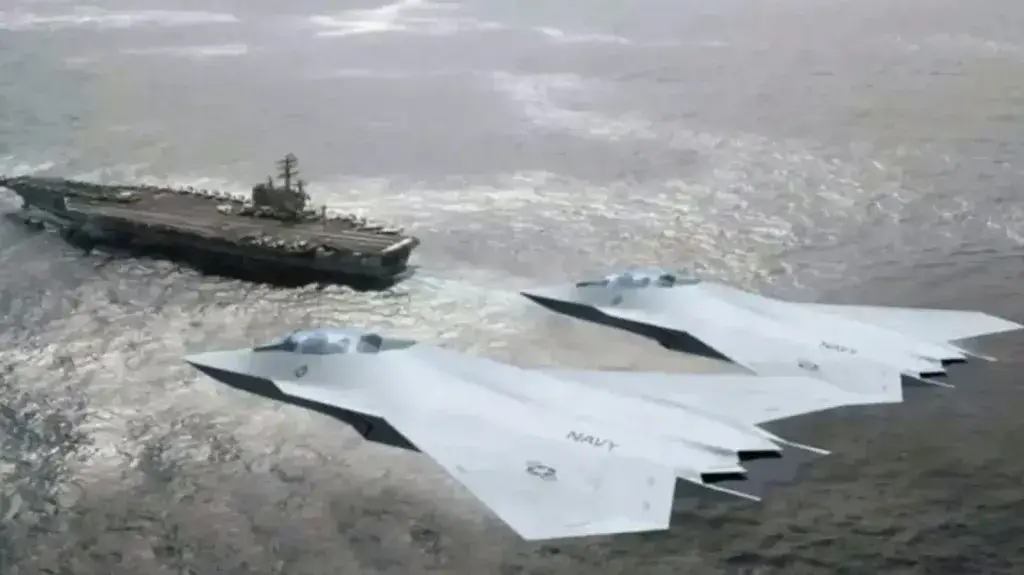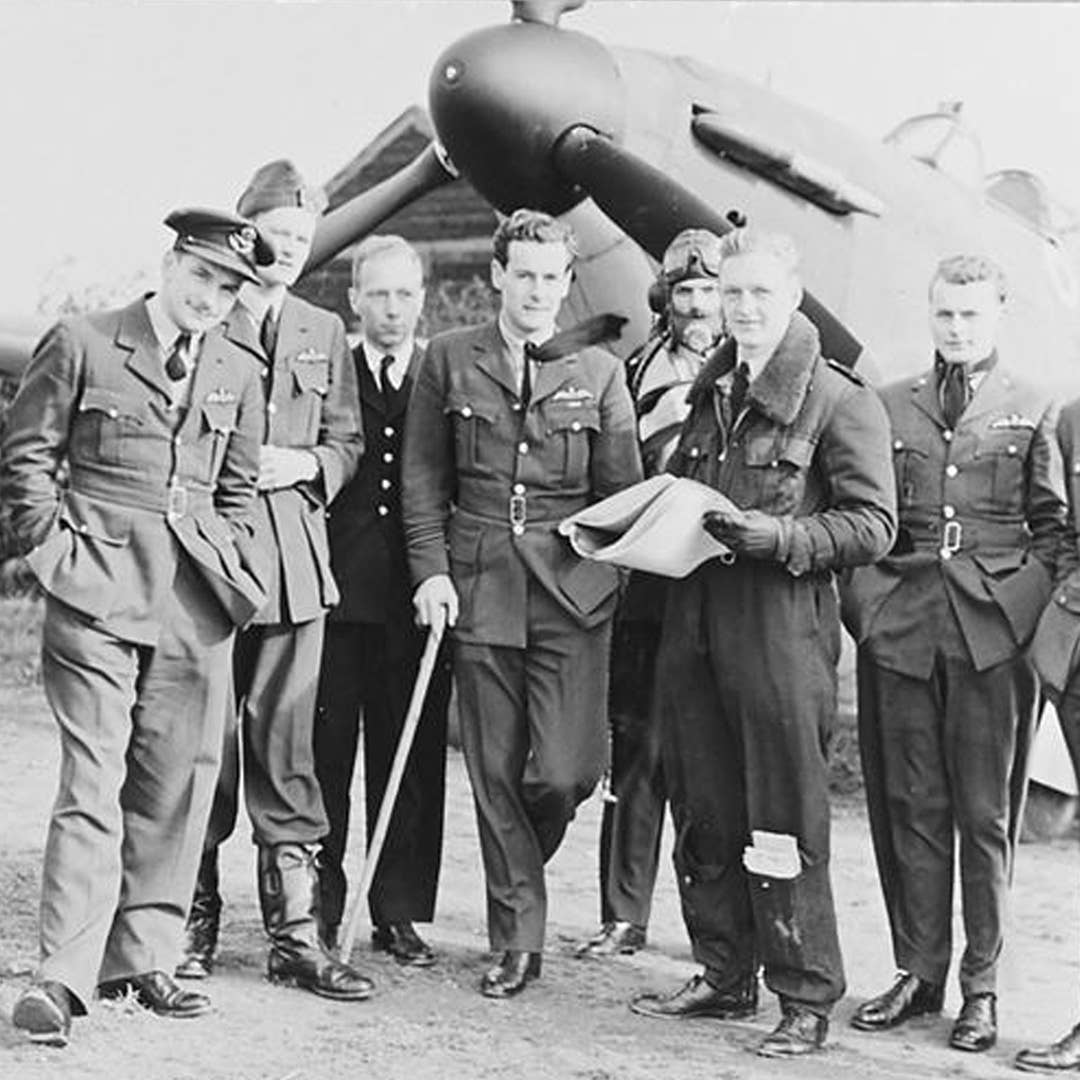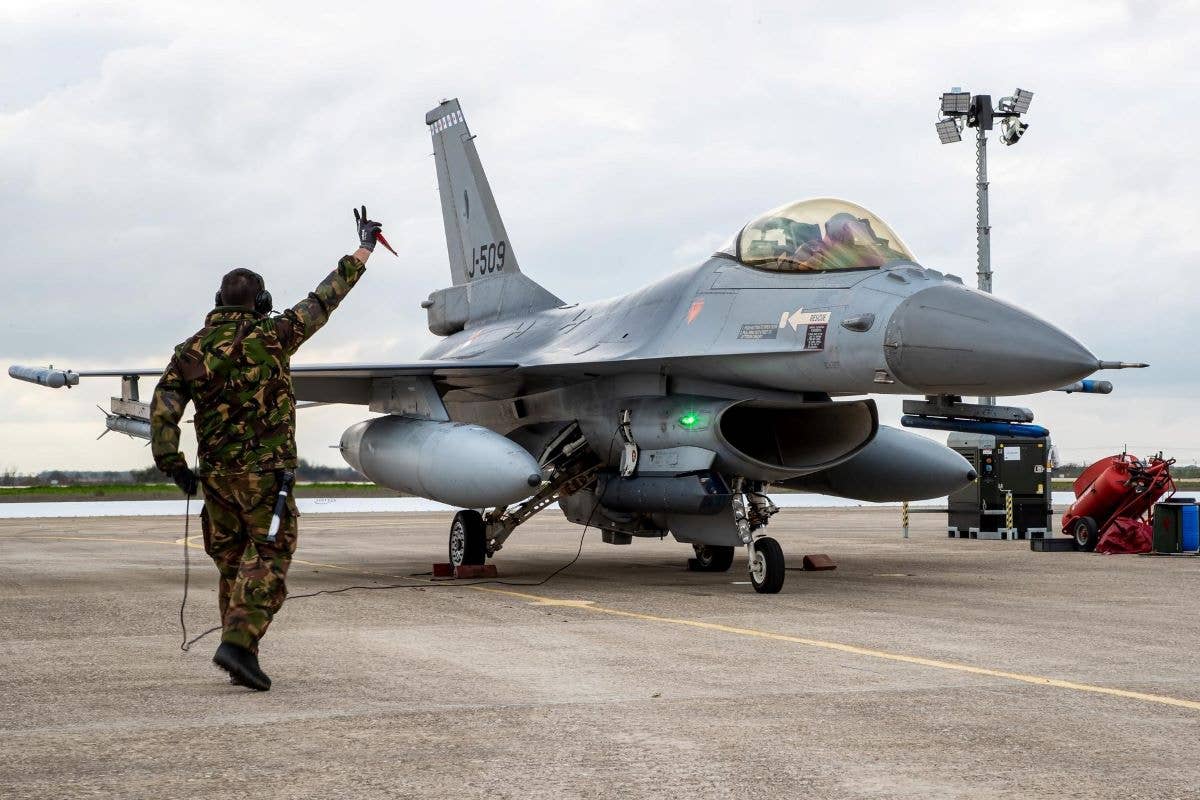Air Force to Upgrade Pilot Eyewear with Laser, Ballistic Protection
The devices, developed in partnership with the Air Force Research Laboratory, will also include night eyewear that allow more natural light.

A B-52 Stratofortress aircrew member participates in a laser eye protection test. Eyewear devices include separate day and night spectacles, ballistics spectacles, and visors designed to integrate with night vision goggles. [Courtesy: U.S. Air Force]
U.S. Air Force pilots will soon receive upgraded eyewear that includes protection against laser strikes, the Air Force Life Cycle Management Center announced.
The eyewear consists of eight devices, known as the “Block 3 Family,” and also includes separate day and night spectacles, ballistics spectacles, and visors designed to integrate with night vision goggles. The upgrades include night eyewear that increases visibility through lenses that allow more natural light, and a first offering of a combined laser and ballistic protection option, the service said.
The Air Force said it will distribute more than 42,000 of the eyewear devices to units by 2027.
In October, the Air Force Office of Special Investigations (OSI) said service pilots have reported a surge in laser strike incidents, which often involve shining the beams from laser pointers into a cockpit. “Since 2010, a total of 244 injuries have been reported, underscoring the escalating and pervasive threat,” OSI said.
Eye health is vital for Air Force pilots, said Captain Pete Coats, lead manager for the Human System Division’s Aircrew Laser Eye Protection Program (ALEP).
“The consequences of getting lasered without having proper protection could not only prevent the pilot from flying and landing an aircraft safely, but it could also cost them their career," Coats said. "So, our goal is to ensure the right eyewear is available to everyone.”
- READ MORE: What to Do if You’re Hit with a Laser Strike
The type of upgraded eye gear pilots receive will be mission dependent and be made available for most all aircrews. U-2 and F-35 Lightning II aircraft pilots will not receive the devices.
“If flying low and slow or hovering like a helicopter or CV-22 Osprey, aircrew would prefer to have ballistic protection as well as laser protection,” said Mark Beer, ALEP deputy manager. “However, if you’re in a fighter aircraft or flying in a bomber at high altitude, the chances of you needing ballistic protection are not nearly as high.”

Sign-up for newsletters & special offers!
Get the latest FLYING stories & special offers delivered directly to your inbox






